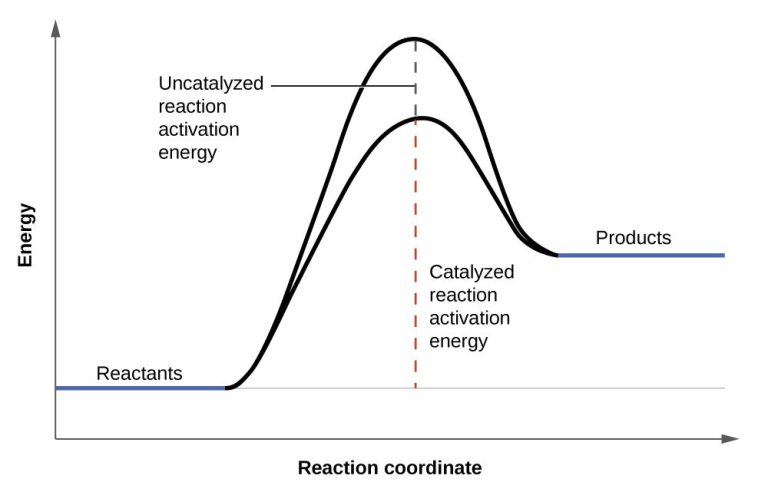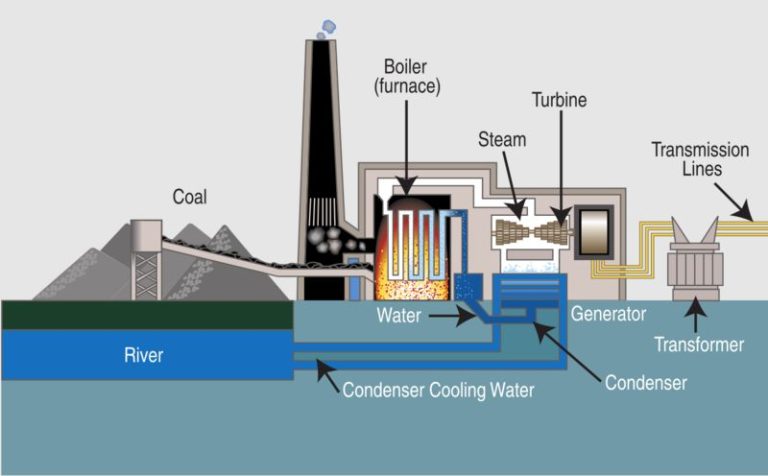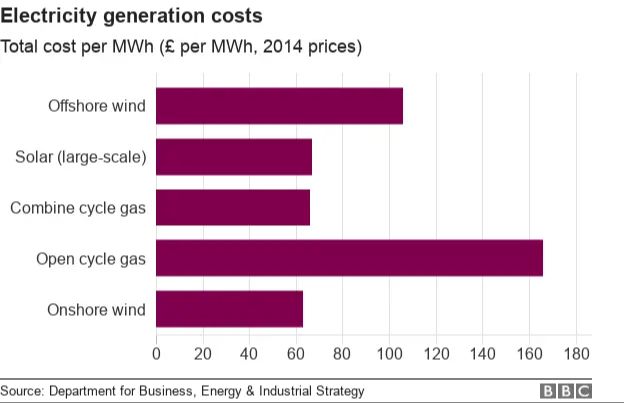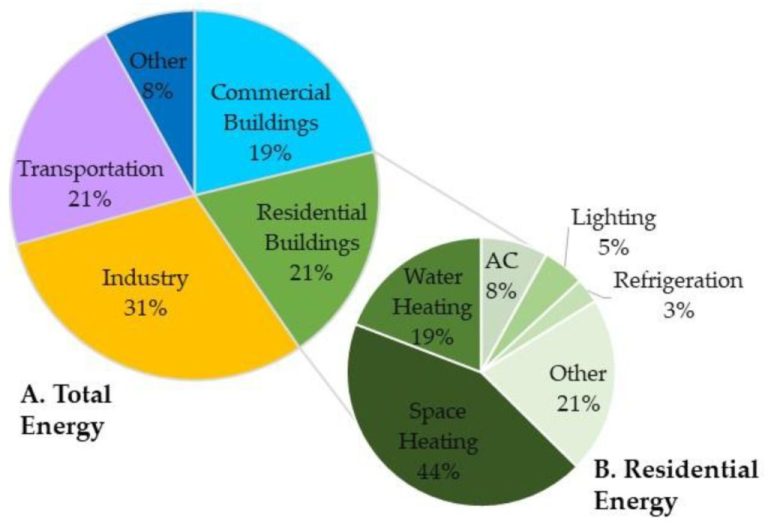What Is An Example Of Energy Transformation In Everyday Life?
Energy transformation occurs when one form of energy is converted into another form. A simple example of this is a light bulb. Electrical energy flows into the light bulb and is transformed into light energy and heat energy. The electrical current provides power to heat the filament of the bulb, causing it to glow and produce light. Some energy is also lost in the form of heat. So the initial electrical energy is changed into both light and thermal energy. This transformation of energy from electricity into other useful forms is happening constantly all around us.
Photosynthesis
Photosynthesis is one of the most fundamental processes that sustains life on Earth. It is the process by which plants, algae, and certain bacteria convert sunlight into chemical energy in the form of glucose. Here’s an overview of how photosynthesis works:
Photosynthesis takes place in plant cells, specifically in the chloroplasts. Chloroplasts contain the green pigment chlorophyll which absorbs sunlight. When sunlight is absorbed by the chlorophyll, the energy from the sun is converted into chemical energy in the form of ATP (adenosine triphosphate) and NADPH (nicotinamide adenine dinucleotide phosphate).
This chemical energy is then used along with carbon dioxide and water to produce glucose and oxygen. The overall chemical equation looks like this:
6CO2 + 6H2O + sunlight → C6H12O6 + 6O2
So in summary, through photosynthesis plants are able to harness the sun’s energy and convert inorganic compounds like carbon dioxide and water into energy-rich organic compounds like glucose. The glucose can then be used by plants for energy and growth. The oxygen is released into the atmosphere, making photosynthesis vital for life on Earth.
Digestion
Digestion is an everyday process that transforms the food we eat into usable energy for our bodies. When we eat food, it begins being broken down immediately by enzymes in our saliva. As we chew and swallow, the food travels down the esophagus to the stomach. Here, strong acids and enzymes continue breaking down the food into smaller particles.
The partially digested food then moves into the small intestine, where most of the nutrients are absorbed into the bloodstream. Bile, pancreatic enzymes, and intestinal enzymes help break down fats, proteins and carbohydrates into molecules small enough to be absorbed. For example, complex carbohydrates are broken down into simple sugars like glucose that can be used for energy by our cells.
The transformation of the energy and nutrients in food into forms our bodies can use is an essential everyday process. Without digestion, we would not be able to access and utilize the energy from the foods we eat to power our daily activities.
Batteries
Batteries are a common example of energy transformation that we use every day. They convert chemical energy stored in their electrodes into electrical energy that powers countless devices. This energy transformation happens through electrochemical reactions.
Specifically, batteries contain two electrodes – a positive cathode and negative anode, separated by an electrolyte. The cathode and anode are made of materials with different electron affinities, meaning they have a natural tendency to either gain or lose electrons.
When the circuit is completed, electrons flow from the anode to the cathode through the connected device, generating an electrical current. To maintain charge neutrality, positively charged ions also migrate between the electrodes through the electrolyte.
The difference in electrochemical potential between the anode and cathode provides the driving force for this electron flow. In this way, the chemical energy stored in the battery electrodes transforms into electrical energy that powers our devices.
Light Bulbs
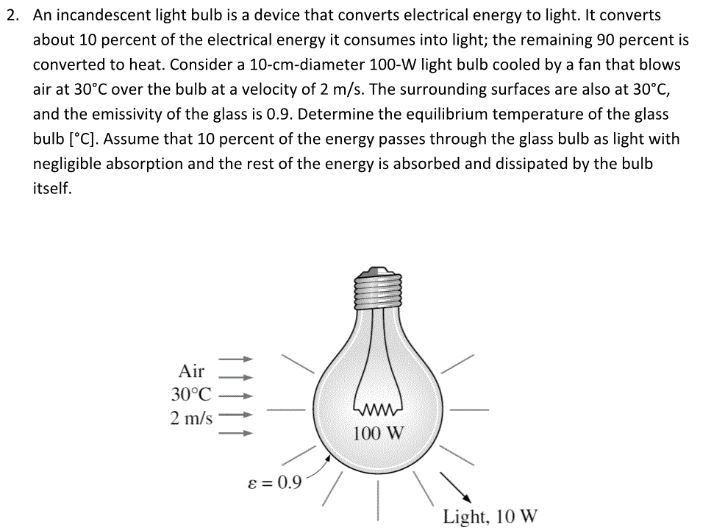
Light bulbs provide a great example of energy transformation in our everyday lives. Inside a light bulb, electrical energy is transformed into light energy and heat energy. This transformation takes place thanks to the bulb’s tungsten filament.
When the light bulb is switched on, electricity flows through the tungsten filament, heating it up. As the filament heats up, it starts to glow, producing visible light. This process is called incandescence. The higher the temperature of the filament, the brighter the glow.
However, about 10% of the electrical energy is converted into light, while the other 90% is lost as heat energy. This is why incandescent light bulbs become hot to the touch when turned on. The light bulb’s glass enclosure allows the visible light to shine through, while containing the intense heat.
So in summary, the electrical energy flowing into the light bulb is transformed into both light energy that we see and heat energy that warms the surrounding air. This transformation enables the everyday convenience of artificial lighting in our homes.
Engines
Engines provide a great example of how energy can be transformed from one form to another in everyday life. Internal combustion engines, like those in cars and lawn mowers, rely on a fuel source like gasoline that contains stored chemical energy. This fuel undergoes combustion inside the engine to release thermal energy in the form of heat. The expanding gases from the combustion apply pressure to move pistons in the engine. This pressure is converted into mechanical energy that allows the engine to do work, like turning the wheels of a car. Some of the waste heat energy from the engine is also converted into electrical energy to power components.
Steam engines follow a similar principle, but use an external combustion process to convert thermal energy in steam into mechanical energy. Heat from an outside source like coal or biomass boils water to produce high-pressure steam. This steam then pushes pistons in the engine, transforming the thermal energy into rotational kinetic energy that can drive machinery and generate electricity. In both types of engines, stored chemical energy is converted into useful mechanical and electrical energy through a series of energy transformations.
Wind Turbines
Wind turbines are a prime example of energy transformation in action. As wind blows across the blades of a turbine, the kinetic energy of the moving air gets transformed into mechanical energy in the rotation of the blades. This rotational energy then spins a generator to produce electrical energy through electromagnetism. So the invisible kinetic energy in the wind gets transformed step-by-step into usable electricity.
The key components that make this energy transformation possible in a wind turbine are the rotor blades, shaft, gearbox, and generator. The rotor blades capture the wind energy and transform it into rotational energy in the shaft. The gearbox helps increase the rotational speed to the level required by the generator. Finally, the generator uses rotational mechanical energy to induce a magnetic field and generate electricity.
So in summary, a wind turbine takes naturally occurring kinetic wind energy, and through a series of energy transformations, converts it into electrical energy for human use and consumption. This demonstrates how energy can change from one form to another through the working of machines.
Solar Panels
Solar panels provide a great example of energy transformation that we see in everyday life. Solar panels work by capturing energy from sunlight and transforming it into usable electricity through the photovoltaic effect.
Solar panels are made up of many small solar cells, which each contain a photosensitive material like silicon. When sunlight hits these solar cells, the photons from the sunlight knock electrons loose from the solar cell material, causing electron flow. This electron flow generates a voltage, and wiring the solar cells together allows the solar panel to produce a usable electric current.
This electric current can then be used to power electrical devices, appliances, and even feed electricity back into the grid. In this way, solar panels allow us to transform the raw energy in sunlight into usable electricity that powers our modern world. From individual rooftop panels to large utility-scale solar farms, solar energy is becoming an increasingly common energy transformation that takes place all around us.
Hydroelectric Power
Hydroelectric power plants use the energy of flowing water to generate electricity. Here’s how they transform gravitational potential energy into electrical energy:
First, water from a river or reservoir flows through an intake at high velocity. The force of the moving water turns turbines in the hydroelectric plant. These turbines are connected to generators which convert the mechanical energy of the spinning turbines into electrical energy through electromagnetic induction.
The height difference between the water intake and the turbines is known as the “head.” The greater the head, the more gravitational potential energy the water starts out with. As the water falls down through the head, its gravitational potential energy gets transformed into kinetic energy and pressure energy which cause the turbines to spin.
So in summary, the transformation happens in these steps:
- Gravitational potential energy of elevated water -> Kinetic energy and pressure energy as water falls
- Kinetic energy and pressure energy of falling water -> Mechanical energy spinning the turbines
- Mechanical energy of spinning turbines -> Electrical energy through the generators
This demonstrates how the simple process of water falling down harnesses natural gravitational energy and converts it into usable electricity that powers our homes and cities!
Conclusion
Energy transformation is a fundamental part of our everyday lives. From the food we eat to powering our homes and devices, energy is constantly being converted from one form to another. This article explored some of the most interesting and impactful examples of energy transformation that occur on a regular basis.
Photosynthesis was discussed as the process that converts light energy from the sun into chemical energy that plants can use. The chemical energy from plants then provides food energy for animals and humans when digested. Digestion itself requires multiple energy transformations to break down food and extract nutrients.
Batteries, light bulbs, engines, turbines, and solar panels were also covered as man-made devices that rely on energy transformations. Batteries convert chemical energy to electrical energy, light bulbs turn electrical energy to light and heat, engines transform chemical or electrical energy into kinetic energy, and turbines and solar cells convert kinetic or light energy into electricity.
Overall, it’s clear that energy transformation plays an integral role in biology, technology, and our daily lives. Understanding these processes allows us to better harness different energy sources and develop innovative solutions to meet our needs. The many examples highlighted demonstrate the diverse applications of energy transformation and its profound impacts on society.

